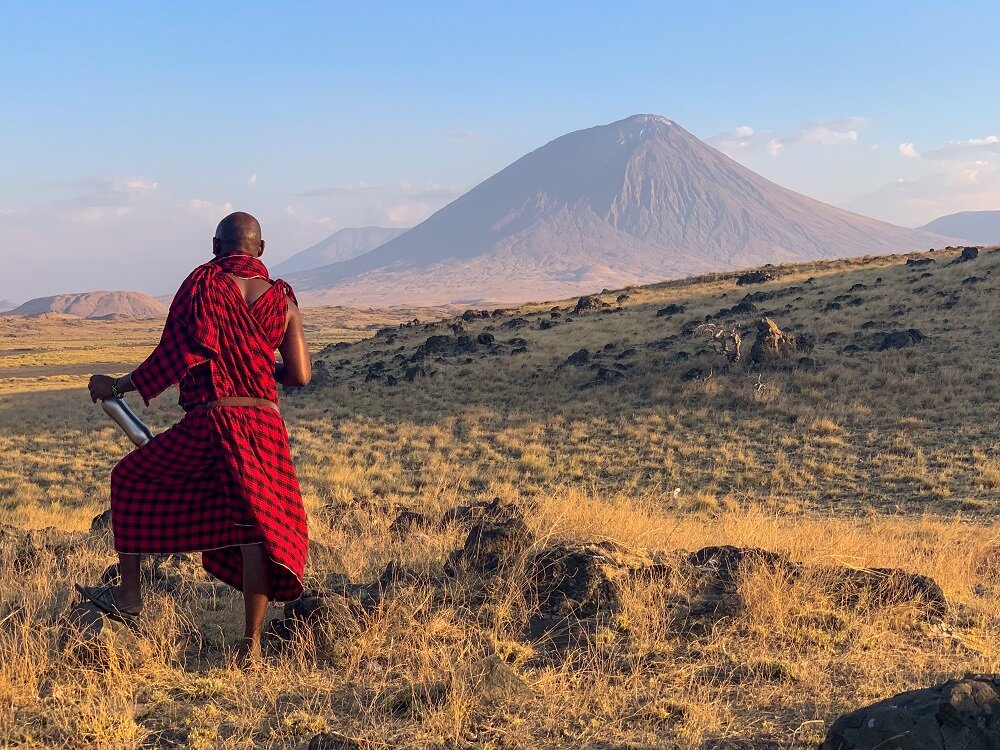5 Little Known Facts about the Serengeti
The Serengeti in Tanzania is famous all over the world for several reasons. Not only does it have the biggest lion population in Africa, but it is also home of ‘The Great Migration’, which sees more than 1.8 million wildebeest, 500,000 zebra and 200,000 antelope migrate in an endless cycle from the Northern Serengeti to the Maasai Mara in Kenya and back to the southern plains of the Serengeti. This amazing spectacle is one of the Seven Natural Wonders of Africa and should not be missed. Luckily, you can enjoy it easily if you choose to take one of our tailor-made Tanzania Safaris. To get you even more excited about this amazing National Park and its larger ecosystem, here are 5 little known facts about the Serengeti!
A Prehistoric Wonder and the Cradle of Life
The Serengeti is one of the oldest and most scientifically significant ecosystems on earth. The weather patterns, vegetation and animal inhabitants in this area are thought to have changed little over the course of a million years, so when you visit the Serengeti you are witnessing ancient life.
This incredible ecosystem houses the most diverse range of flora and fauna in the world and it is also where the oldest remains of man were discovered. This is why it is known as the ‘Cradle of Life’.
Ancestral and Endless Land
The Serengeti is the ancestral land of the Maa Community, the most famous of which are the Maasai people. The Maasai had been grazing their livestock on the plains of the Mara region for over 200 years before the first European explorer ‘discovered’ the area in 1892, so it comes as no surprise that the Serengeti’s name comes from the Maasai word siringit, which means endless plains. The Serengeti truly does feel endless, its flat savannah only broken up by scattered areas of shrub-land and kopjes (granite and gneiss outcroppings) – spots which are favored resting places for lions and other big cats.
Ol Doinyo Lengai
Part of what makes the Serengeti ecosystem such a lush and fertile land for the flora and fauna that inhabit the area, is the presence of Ol Doinyo Lengai – the only active volcano in the area. The volcano ejects a regular stream of minerals and ash, which, during the rainy season, are washed down onto the plains, fertilizing it and supporting new life.
Rich on Land and in the Sky
Many people come to the Serengeti to witness The Great Migration but there is so much more to see. The Serengeti is home to much more than these migrating mammals; you can see huge herds of buffalo, spot families of elephants and giraffes, and stumble on thousands upon thousands of eland, hartebeest, impala and more as you roam the endless plains.
In addition to its huge population of lions, the Serengeti is home to many other big cats. Cheetahs are commonly found on the southeastern plains whilst leopards enjoy the shade of the trees along the Seronera river or in the Kogatende area in the Northern part of the Serengeti.
If you’re an avid birdwatcher, then the Serengeti will not disappoint you. Over 500 bird species can be found within the park; ostriches, secretary birds, marabou storks, martial eagles, and even small lovebirds are there for the keen-eyed observer to find!
Bigger Than You Thought
The Serengeti National Park covers approximately 5,700 square miles of savannah, riverine forest and woodlands, but this is only part of the Serengeti ecosystem. The greater Serengeti ecosystem includes not only the national park but the Ngorongoro Conservation Area, Maswa Game Reserve, Loliondo, Grumeti and Ikorongo Game Controlled Areas, and the Maasai Mara Game Reserve in Kenya. These areas combined cover over 12,000 square miles (as big as Belgium) - making it truly an endless plain!
So here you have some of the lesser-known facts about the Serengeti. If you want to find out more about this fabulous ecosystem then check out our Serengeti National Park guide and of course come and visit! Sababu Safaris offers all kinds of safaris so don’t hesitate to get in touch and start planning your Serengeti adventure with us!






